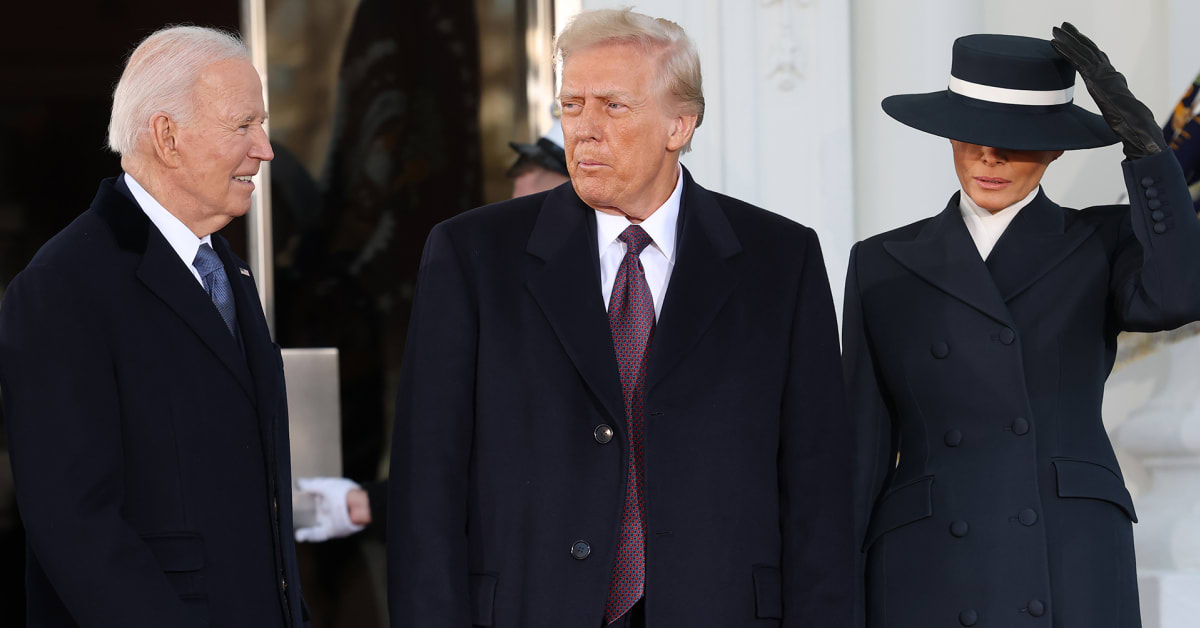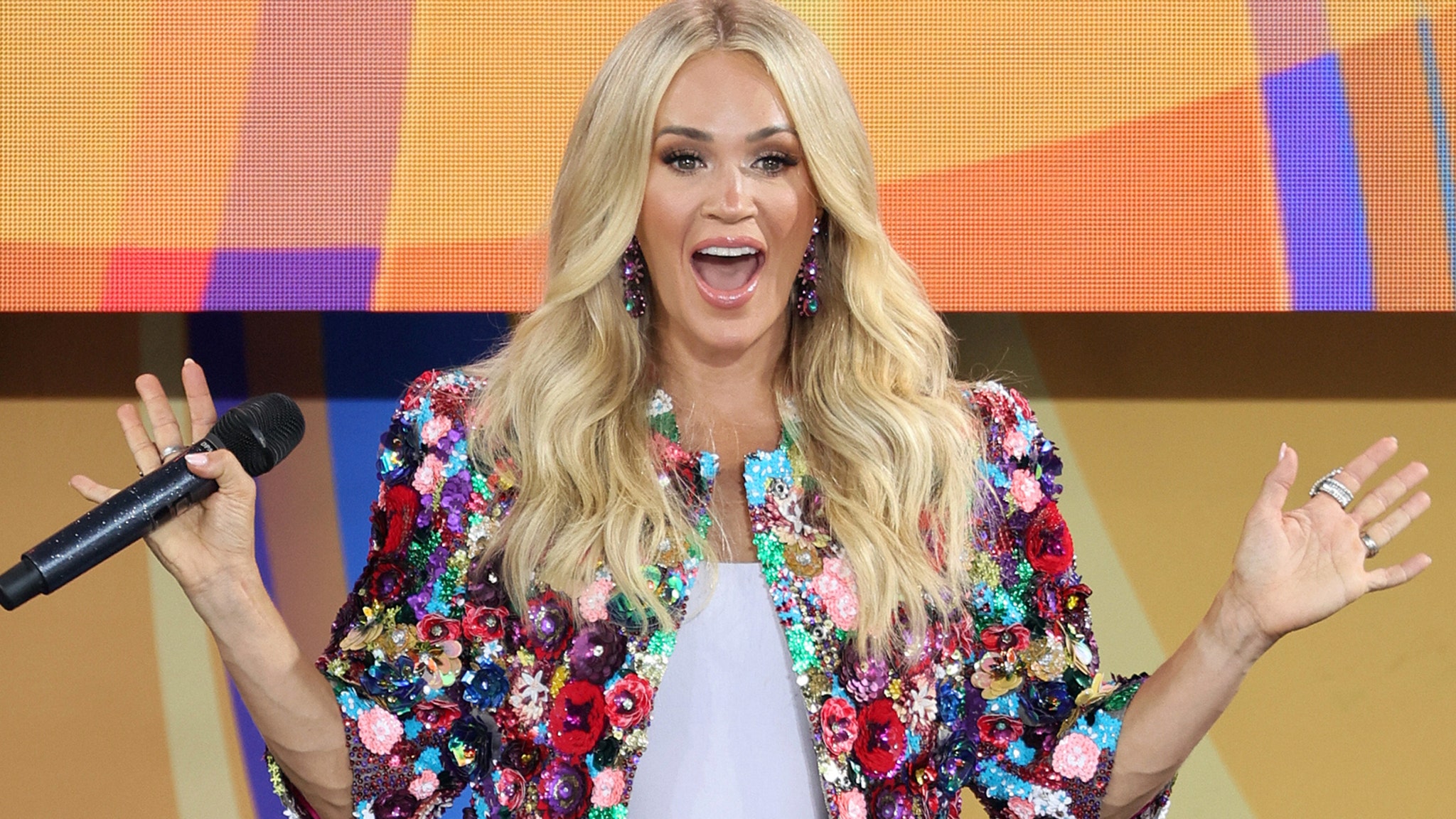AI animation company Asteria insists that it’s not a tech company; It’s a film studio. Founded by Bryn Mooser, head of documentary banner XTR, Asteria wants to use AI tools to solve problems and get stuff made. Mooser believes the tech companies have severely undervalued filmmakers and approached Hollywood all wrong.
“Even with all the AI tools in the world, it’s hard to make stuff. It takes a team of people, capital, dedication, and love to make stuff,” Mooser told IndieWire. “There’s a potential of a return to independent filmmaking through this technology. That’s exciting.”
Mooser says just as YouTube disrupted the way people distribute content, AI can disrupt how people produce content. “If you put this in the hands of filmmakers, they have the advantage. Then the studios actually are in trouble, because they’re built for the old world,” he said. “But the narrative among filmmakers was, ‘This is bad for all of us.’ So that provides an opportunity.”


For Mooser, that opportunity is a finance and production studio for animated films centered around an AI workflow. He wants artists touching every frame and to earn the trust that AI is being used ethically. He’s inspired by the early days of companies like ILM and Pixar; now he’s hiring people recently laid off from Pixar.
“This idea that AI is taking everybody’s job is not the full picture; the industry is taking people’s jobs,” he said. “This is a hard time. People are being fired and downsized. We’re hiring.”
 Bryn Mooser, CEO of AI studio Asteria, inside the historic Mack Sennett Sound Stage in Echo Park.Paul Yem
Bryn Mooser, CEO of AI studio Asteria, inside the historic Mack Sennett Sound Stage in Echo Park.Paul YemDemocratizing AI doesn’t mean anyone can make a masterpiece, but he believes AI could help an aspiring auteur make their masterpiece for $20 million rather than $120 million.
“We’re interested in a studio where they can make ‘Avatar,’ not where your uncle can make ‘Avatar,'” Mooser said.
Director and artist Paul Trillo, an Asteria collaborator, is working on an animated short film with an artist who will design characters, backgrounds, and elements — more than 50 different assets, illustrated by 2D cel animators. Asteria’s AI model will be trained on those assets, and only those assets, to create new AI character models, styles, and entire environments.
By greatly speeding up the pre-production process, Trillo said it takes a huge load off the shoulders of 2D animators while retaining traditions and tools. “It’s being able to extend the artist’s hand and do a lot more with a finer set of materials,” he said.
Mooser believes that he can get anyone on board when he’s able to demonstrate that workflow. He’s already won over Will McCormack, writer-director of Oscar-winning short “If Anything Happens I Love You” and a credited writer on “Toy Story 4.” After seeing several features fall apart at major studios, McCormack will use AI as the co-director of an animated feature at Asteria.
 AsteriaPaul Yem
AsteriaPaul Yem“They’re approaching this in an ethical way that’s pro-artist. They’re not tech people, they’re artists, and they’re trying to give power to storytellers,” McCormack said. It’s an industry in “turmoil,” he said, but Asteria “felt like a safe space” to learn about the good and bad of AI.
For Mooser, most AI content is just “noise,” like the Wes Anderson “Star Wars” on TikTok. He wants to be the one making Wes Anderson’s next movie. Maybe AI can help Anderson make his own “Star Wars.”
“That’s what this should be,” Mooser said. “We’re going to see what happens when great filmmakers start to unlock this technology.”




















 English (US) ·
English (US) ·